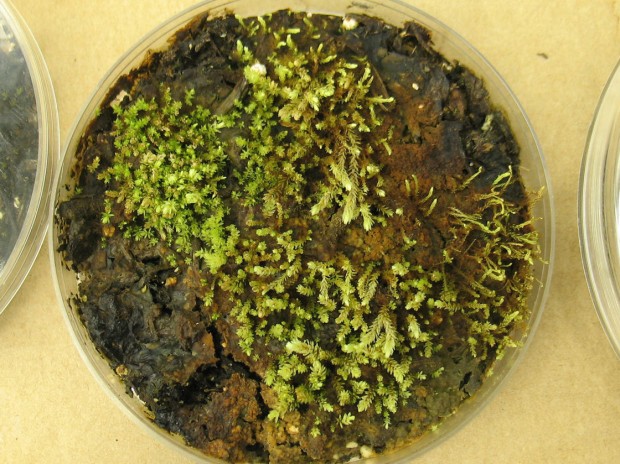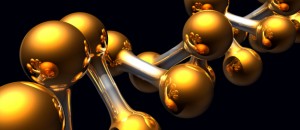It’s long been a topic of fantasy that living things can be revived after being frozen for hundreds of years. How many countless times have you heard a silly rumor that Walt Disney is cryogenically frozen under his famed amusement park?
It turns out that may actually be a reality, just not in the context you’d expect. In the Canadian Arctic, researchers have discovered a species of plant that has been buried beneath ice for hundreds of years and yet it still thrives. The unique category of plants that scientists found are called bryophytes, and the collected samples are nearly 400 years old.
Apparently, the Arctic glacier is experiencing a rapid recession, thus uncovering portions of land that had previously been covered in ice. Scientists from the University of Alberta found the plants in the wild, and they were quite surprised to see the plants showing signs of new growth despite being frozen for so long.
The lead author of the study, Catherine La Farge spoke up about the find:
“We ended up walking along the edge of the glacier margin, and we saw these huge populations coming out from underneath the glacier that seemed to have a greenish tint.”
Scientists were aware that bryophytes are capable of surviving the harsh arctic seasons, but they had no idea the plants would regrow after being buried under a frozen glacier.
“When we looked at them in detail and brought them to the lab, I could see some of the stems actually had new growth of green lateral branches, and that said to me that these guys are regenerating in the field, and that blew my mind.”
The scientists involved also believe that the glacier recession is going to open up a lot of new research possibilities.
“It’s a whole world of what’s coming out from underneath the glaciers that really needs to be studied. The glaciers are disappearing pretty fast — they’re going to expose all this terrestrial vegetation, and that’s going to have a big impact.”
It’s certainly fascinating to see life thriving after being frozen for so long. I’m curious to know the implications of this for other living species- are there other plants that could withstand such conditions? What do you folks think?
[via The Verge, Proceedings of the National Academy of Sciences, photo credit Catherine La Farge]

 Email article
Email article




